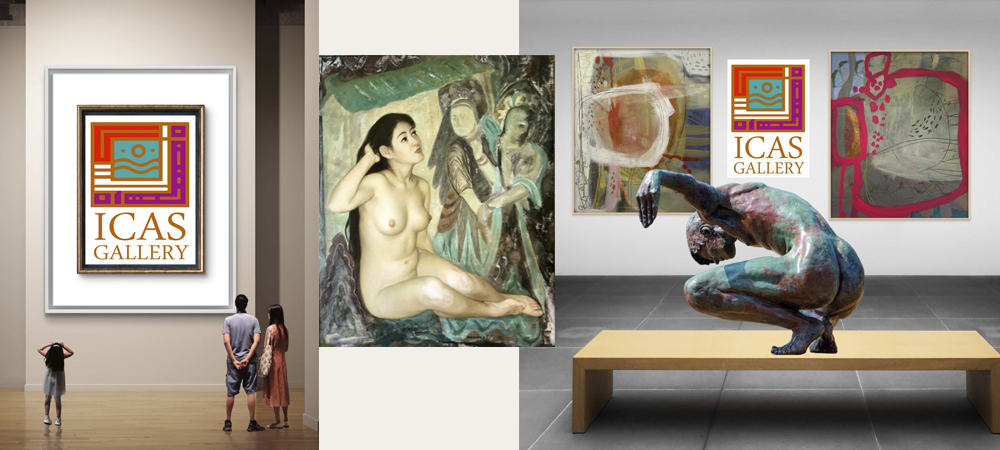Moving Beyond Imitation: Capturing the Essence
From Surface Illusion to Inner Reality: Traditional Western art aimed to create perfect illusions, hiding brushstrokes to make paintings look like real-life scenes. In contrast, African masks celebrated their own making, showing carved lines, added materials, and bold colour with pride. Modern artists loved this openness. They realised that art could capture the spirit or feeling of a subject, not just its appearance, giving them new freedom to express themselves.
Emphasis on Symbols, Not Details: African masks often represent ancestors, spirits, or guardians using just a few powerful shapes. This showed artists that you don’t need to draw every detail to tell a story or share an emotion. Inspired by this, modern artists, such as those in the Cubist movement, began using basic shapes to represent people, objects, or even large ideas, allowing imagination to fill in the gaps.
Breaking Apart Perspective and Form
From One Point to Many Views: In Renaissance art, everything was painted from one fixed viewpoint. But African masks, with their flat and sometimes uneven shapes, hinted that you can show more than one angle at the same time. This idea inspired artists like Picasso, who painted faces that appear as masks seen from different angles simultaneously, breaking up the picture into a jumble of exciting, overlapping parts.
Shapes Tell the Story: African masks often feature faces composed of triangles, circles, and ovals, conveying a rich narrative. Artists like Georges Braque and Juan Gris took this idea and began breaking down objects into geometric pieces. This new way of seeing—called Cubism—used shapes as a language to build up the world in art, making paintings look almost like puzzles of flat and solid forms.
A New Spirit of Creativity and Authenticity
- Breaking Free from the Rules: Art schools in Europe had strict guidelines governing the appearance of art. African art, with its bold colours and connection to real-life rituals, felt honest and alive. Many modern artists, such as Matisse, collected masks as reminders that art could be joyful and expressive, rather than merely following rules. This spirit encouraged artists to explore their creativity and break away from tradition.
- Art as Ritual and Community: African masks aren’t just objects—they’re part of ceremonies, dances, and stories. This inspired modern artists to think of art as a shared, even spiritual, experience, not just something to hang in a museum. Movements like Expressionism and Abstract Expressionism were shaped by this idea, filling their work with emotion and meaning, and treating art-making as a nearly sacred act.
Art, Emotions, and the Inner World
- Faces Show Feelings: The stretched noses, hollow eyes, and big teeth of many African masks looked to modern artists like glimpses into the mind and feelings. Artists such as André Derain and Charles Dufy employed similar features to convey emotions, not just the physical appearance of a face.
- Dreams and Imagination: Some masks mix human, animal, and fantasy shapes, creating dreamlike images. This idea came before Surrealism, a movement that explored dreams and the unconscious mind. Artists such as Paul Klee and Joan Miró were inspired by this playful, imaginative approach to making art.
Expanding What Art Can Be
- Appreciating Different Materials: Traditional Western art has long placed oil painting at the forefront. However, African masks—carved, cast, or woven—demonstrated that sculpture and the use of mixed materials could be just as important. This inspired modern artists to experiment with new forms, such as collage and installations, and helped expand the definition of what people considered “real art.”
- A Conversation Between Cultures: African masks opened the door for artists to learn from and respect different cultures. Artists like Modigliani and Derain studied and referenced styles from regions such as Dogon, Baule, and Fang, making art more global and diverse over time.



